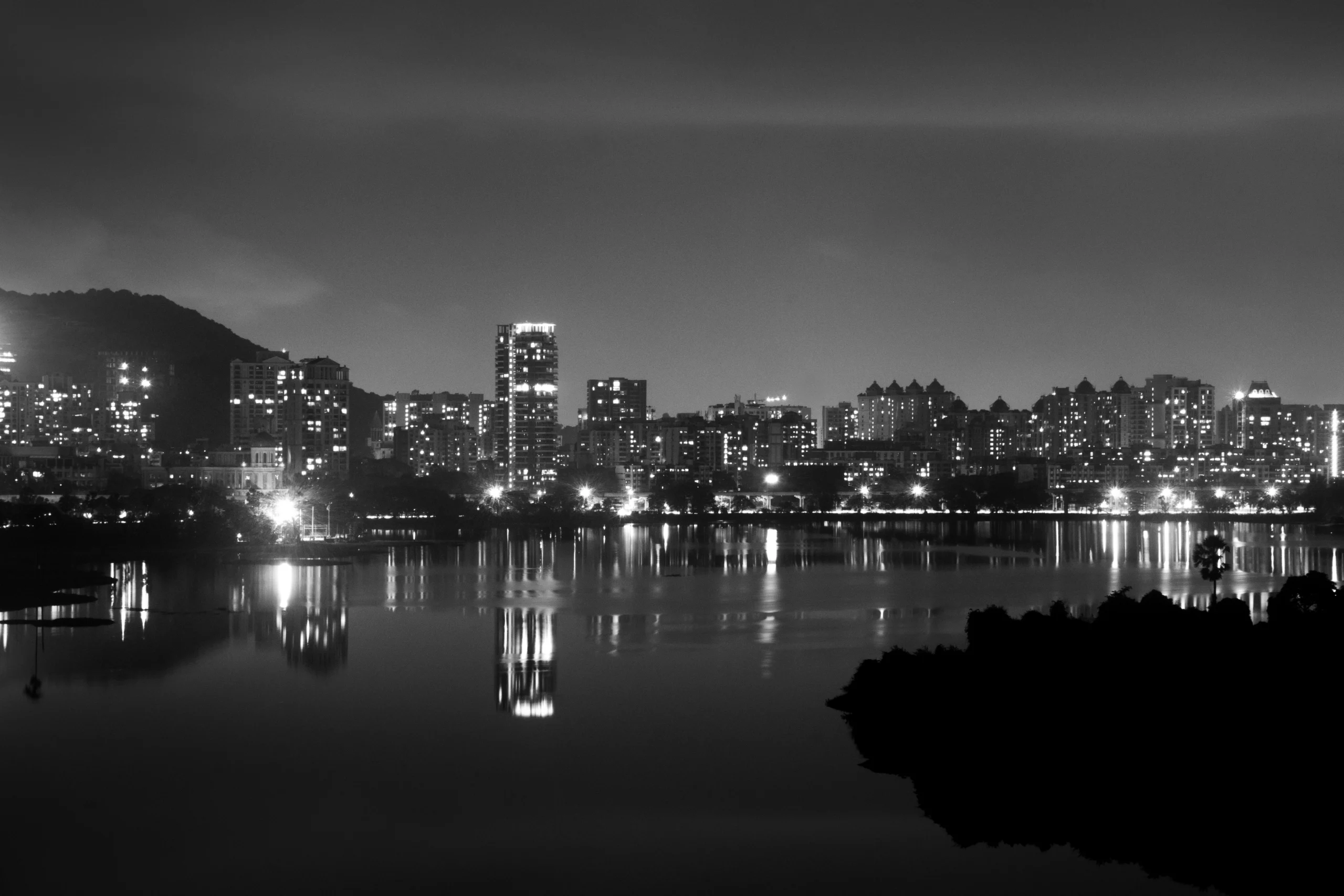Asian Tourist Destinations for 2024
Asia, with its expansive and multifaceted landscape, stands out as a premier destination for travelers. The continent, known for its incredible diversity, continues to allure visitors from across the globe, including the increasingly prominent Asian tourist demographic. As we approach 2024, several compelling factors are poised to make Asia even more attractive to international tourists.
Firstly, the economic dynamism of Asia is significantly expanding the demographic of potential travelers. The rapid growth of economies such as those in China, India, and Southeast Asia is creating a burgeoning middle class with disposable income and a growing appetite for exploration. This economic prosperity is translating into increased travel opportunities for a wider segment of the population, including the Asian tourist.
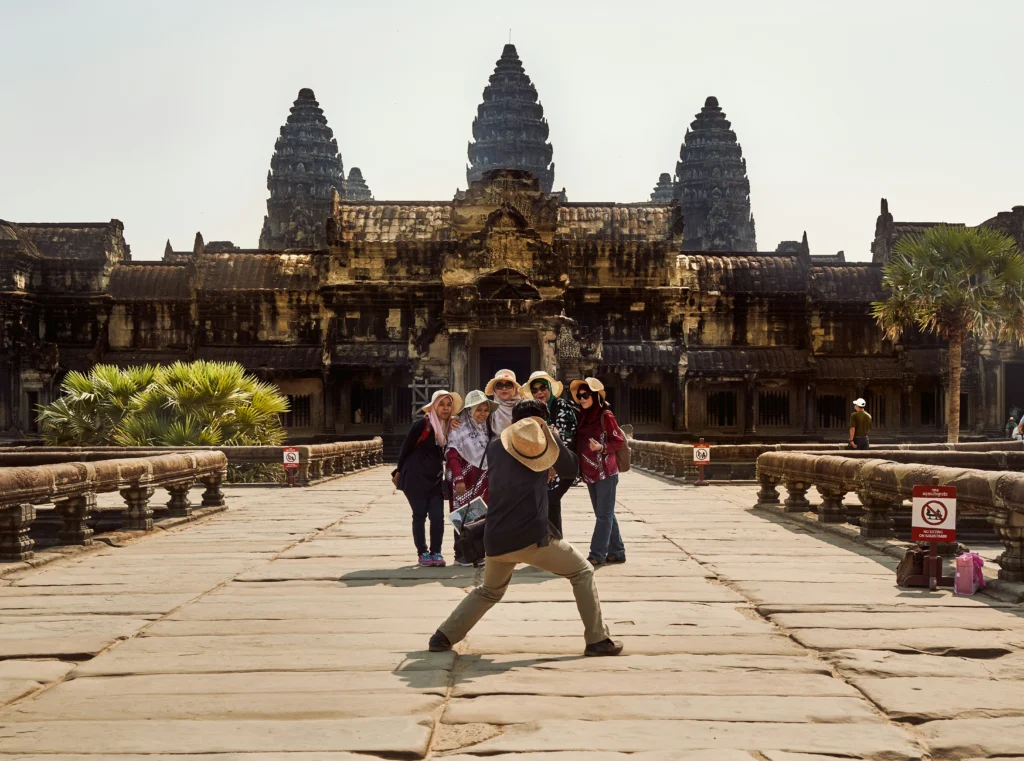
Moreover, advancements in tourism infrastructure across the continent are enhancing the travel experience. From state-of-the-art airports and improved public transportation to luxurious accommodations and innovative travel technologies, Asia is making it easier and more comfortable for tourists, including the Asian tourist, to navigate its diverse offerings. For example, the introduction of high-speed rail networks in countries like Japan and China is transforming how visitors experience regional attractions, making travel between cities both efficient and enjoyable.
In addition, Asia’s cultural richness is an undeniable draw. The continent’s array of cultures, languages, and traditions provides a vibrant tapestry for those eager to immerse themselves in new and varied experiences. Imagine strolling through the ancient temples of Kyoto, savoring street food in Bangkok, or exploring the bustling markets of Mumbai. Each destination offers a unique glimpse into the region’s historical and contemporary cultural landscape, attracting both international and Asian tourist.
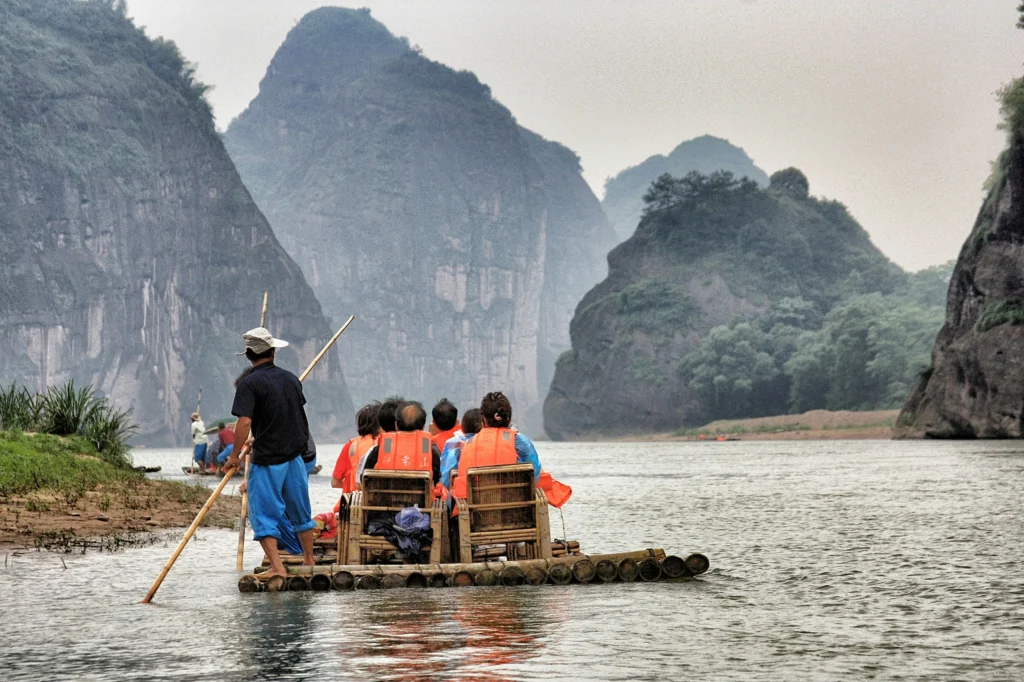
Furthermore, the variety of climates and landscapes across Asia ensures that there is something for every type of traveler. Whether one seeks Bali’s tropical beaches, Bhutan’s serene mountains, or Seoul’s urban energy, Asia’s geographical diversity caters to a wide range of preferences and interests, making it a versatile choice for the Asian tourist as well.
As 2024 unfolds, Asia is set to remain a magnet for global tourism. Its economic advancements, enhanced travel infrastructure, and unparalleled cultural diversity collectively contribute to its enduring appeal. For those seeking adventure, relaxation, or cultural enrichment, Asia presents a world of possibilities, promising an unforgettable journey across one of the most dynamic continents on the planet. This includes the growing number of Asian tourists who are exploring their own continent with fresh perspectives.
Understanding Tourism Expenses in Azerbaijan
Traveling to Azerbaijan can be an enriching experience, but understanding the financial aspects is essential for effective planning. Here’s a detailed breakdown of the expenses you might incur during a trip to this fascinating country.
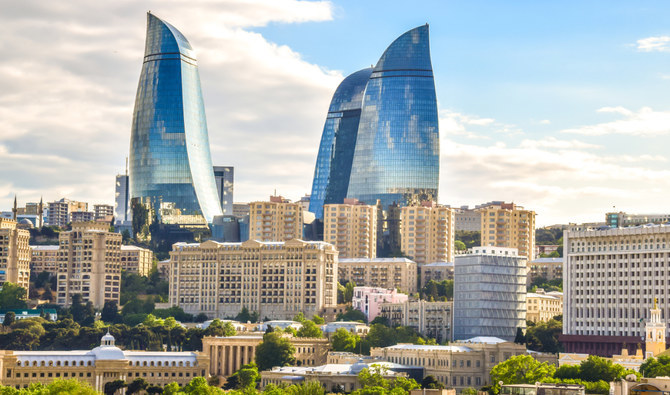
Daily Travel Expenses
When budgeting for your daily stay in Azerbaijan, it is helpful to know that the average expenditure is approximately 187 USD per day. This figure encompasses all essential aspects of travel, including meals, transportation, and accommodation.
To give you a clearer picture, let’s break down these daily costs. On average, travelers spend around 55 USD daily on meals. This amount allows for a range of dining options, from local eateries to more upscale restaurants. For local transportation, such as taxis or public transit, the average expenditure is about 40 USD. This ensures you can comfortably navigate the cities and regions of Azerbaijan.
Accommodation is another significant cost, with the average daily rate for hotels being around 115 USD.
Cost of a One-Week Trip
If you’re planning a one-week trip for two people, the overall cost averages 2,622 USD. This total includes accommodation, meals, local transport, and sightseeing activities. This estimate provides a comprehensive view of what you can expect to spend for a week-long visit, offering a reasonable range for budgeting purposes.
Extended Stay Expenses
For those considering a longer stay, the costs increase proportionally. A two-week trip for one person averages about 3,744 USD, and for two people, the cost totals approximately 7,488 USD. If you’re planning to stay for an entire month, expect to spend around 7,619 USD for one person and 15,237 USD for two. These costs cover all necessary expenses, including lodging, food, and travel.
Organized Excursions
For those interested in exploring Azerbaijan through guided tours, the average price for an organized excursion is 158 USD per day. This rate typically includes a structured itinerary with professional guidance, ensuring a comprehensive and enriching experience of the country’s highlights.
Overall Affordability
Azerbaijan is known for being a cost-effective travel destination. In terms of affordability, it ranks within the top 10% of countries globally and in Europe. This makes it a very attractive option for budget-conscious travelers seeking a blend of cultural experiences and natural beauty.
In summary, whether you’re planning a brief getaway or an extended vacation, Azerbaijan offers a range of affordable options that cater to various budgets. By understanding these costs, you can better prepare for a memorable and enjoyable trip.
Exploring Azerbaijan’s Diverse Weather Patterns
Azerbaijan’s climate is a fascinating mosaic, shaped by its unique geography and varied topography. From subtropical warmth to alpine chill, the country offers a spectrum of weather conditions that reflect its complex landscape.
Geographical Influences on Climate
Situated at the northern edge of the subtropical zone, Azerbaijan straddles the southeastern Caucasus and the northwestern part of the Iranian plateau. This intricate positioning significantly impacts its weather patterns. The country’s predominantly mountainous terrain—encircled by the Greater Caucasus, Lesser Caucasus, Talysh, and North Iranian Mountains—plays a crucial role in shaping local climates.
The interaction between these mountain ranges and air circulation creates a subtropical climate in the lower foothills and plains. For instance, the Kur-Araz lowland and Apsheron Peninsula, as well as the plains around the Araz River in Nakhchivan, benefit from high insolation, receiving between 2,200 and 2,800 hours of sunshine annually. In contrast, the mountainous regions experience more cloud cover, resulting in fewer sunny days, with only 1,900 to 2,200 hours of direct sunlight per year.
Solar Radiation and Temperature Variations
Azerbaijan’s solar radiation also varies with altitude. At elevations over 3,000 meters, the total annual solar radiation reaches between 128 and 132 kcal/cm² (118–122 kWh/ft²). This intensity decreases at mid-elevations of 500 to 600 meters, where it ranges from 120 to 124 kcal/cm² (109–113 kWh/ft²).
Interestingly, radiation levels rise again at higher altitudes above 3,000 meters, particularly in the Greater and Lesser Caucasus, reaching up to 140–150 kcal/cm² (129–139 kWh/ft²).
Temperature patterns in Azerbaijan are influenced by a mix of air masses. Cold air from the Kara and Scandinavian Arctic anticyclones, temperate air from Siberian anticyclones, maritime air from the Azores high, and tropical air from subtropical anticyclones all converge to create a diverse climate.
Consequently, the average annual temperature varies across regions. In the Kur-Araz Lowland, coastal areas south of the Apsheron Peninsula, and the Lankaran Lowland, the average temperature hovers around 14–15 °C (57–59 °F). This temperature typically decreases as one moves closer to the mountainous regions.
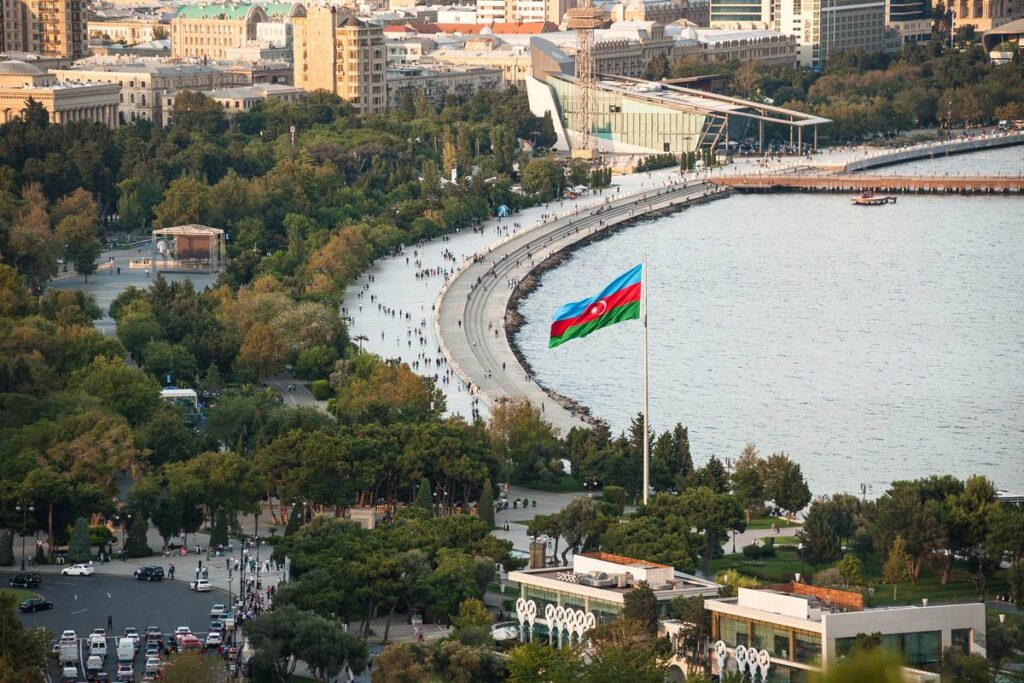
Diverse Climate Patterns
- The variety of climate patterns in Azerbaijan is remarkable. The country experiences several distinct climates:
- – Semi-Desert and Dry Steppe Climates: Characterized by minimal rainfall and significant temperature fluctuations.
- – Moderate Climate: Mild winters and dry conditions define this climate, prevalent in lower elevations.
- – Moderately Warm Climate: Marked by warm, dry summers and colder winters, found in intermediate altitudes.
- – Cold Climate: Features cold, dry winters and cool, dry summers, typical of higher elevations.
- – Alpine Tundra: Located at the highest altitudes, this climate is characterized by cold temperatures and minimal vegetation.
In summary, Azerbaijan’s weather is a rich tapestry influenced by its geographical and climatic diversity. Whether you are exploring the subtropical lowlands or the icy heights of the Caucasus, the country’s climate offers something for every traveler. Understanding these varied conditions can help you better prepare for your visit and fully appreciate the natural beauty that Azerbaijan has to offer.
Discovering Azerbaijan’s Most Iconic Sights
Azerbaijan, strategically positioned at the crossroads of Europe and Asia, is a country rich in cultural and natural marvels. From its modern architectural wonders to its ancient historical sites, Azerbaijan offers a diverse array of attractions. Here’s a guide to some of the most significant sights across the country.
Baku: A City of Modern Marvels and Historical Treasures
Baku, the vibrant capital of Azerbaijan, is home to several key landmarks that showcase both contemporary innovation and historical grandeur. One of the city’s most striking features is the **Flame Towers**, a trio of skyscrapers designed to mimic the appearance of flames. At night, these towers are illuminated with a bronze glow, creating a mesmerizing spectacle against the city skyline.
Another notable attraction in Baku is the Museum of Contemporary Art, which houses an impressive collection of over 900 artworks by emerging regional artists. This museum offers a glimpse into the dynamic and evolving art scene of Azerbaijan.
For a more traditional experience, visit **Teze Bazaar**, a bustling market known for its diverse selection of cheeses, spices, and local delicacies such as kebabs. It’s an excellent spot for sampling Azerbaijani cuisine and picking up unique culinary souvenirs.
Icheri Sheher: The Old City’s Timeless Charm
Also known as the “Old City” or “Fortress,” **Icheri Sheher** is a UNESCO World Heritage Site in Baku. This historical enclave is home to several architectural gems, including the **12th-century Maiden Tower** and the **13th-century Shirvanshah Palace**. These structures offer a fascinating glimpse into Azerbaijan’s medieval past.
Wandering through Icheri Sheher, you’ll find a vibrant array of local handicrafts, such as ceramics, carpets, and traditional clothing. The narrow, winding streets are lined with charming shops, making it an ideal place for leisurely strolling and souvenir hunting.
Absheron National Park: A Natural Sanctuary
Located in the Absheron region of Baku, Absheron National Park spans 783 hectares and serves as a protected haven for a diverse range of flora and fauna. The park’s dry steppe terrain features rolling sand dunes and swaying grasses. Its clear waters are home to various aquatic species, including occasional sightings of sea snakes.
The park is also a sanctuary for local wildlife, such as gazelles, birds, jackals, badgers, and Caspian seals. To catch a glimpse of these remarkable marine mammals, plan your visit from September onward.
Nabran: A Coastal Retreat
Approximately three hours northeast of Baku lies Nabran, a popular resort village along the Caspian Sea. Known for its pleasant summer climate, Nabran offers an array of water-based activities and aqua parks. Whether you prefer splashing around in the pools or enjoying the lively nightlife with bars, restaurants, and nightclubs, Nabran provides a well-rounded coastal escape.
Shirvan National Park: A Desert Oasis
Shirvan National Park, established in 2003, covers 54,000 hectares south of Baku. This semi-desert landscape features sand dunes and is home to a variety of wildlife, including gazelles, turtles, hedgehogs, jungle cats, and jackals. Bird enthusiasts will appreciate sightings of swans and flamingos around Flamingo Lake.
Noteworthy within the park are its mud volcanoes, with **Bandovan Mountain** being a prominent example. The park offers accommodation options such as quaint bungalows and camping permits for those wishing to immerse themselves in nature.
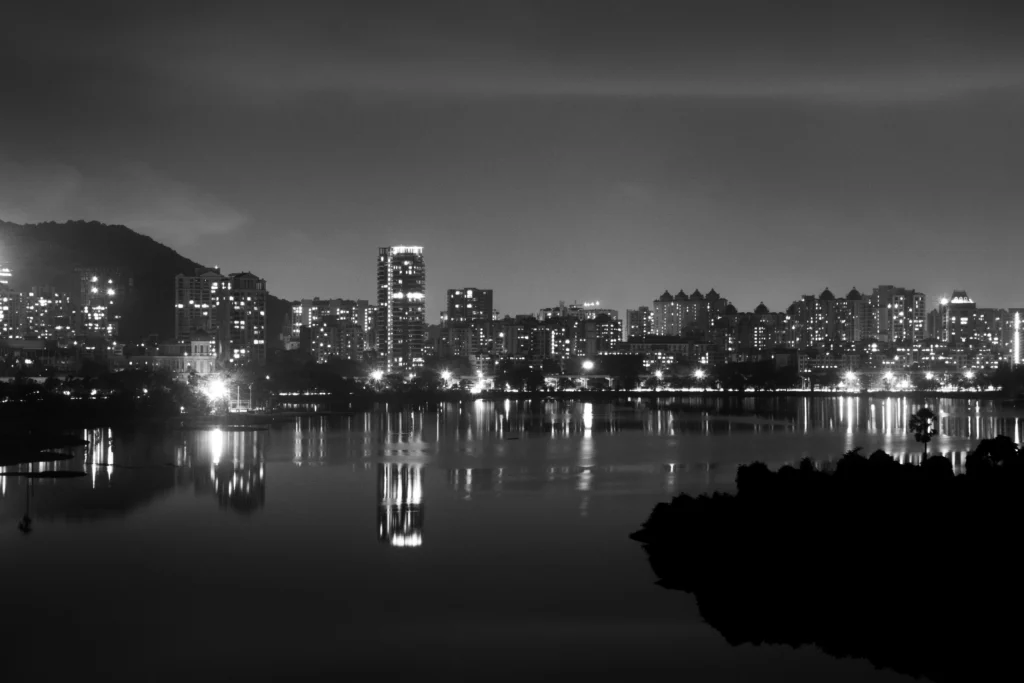
Sheki: A Historical Jewel
Sheki, one of the oldest settlements in the Caucasus with a history spanning 2,500 years, was once a key stop on the Silk Road. Known for its exquisite silks and textiles, Sheki remains a hub of traditional craftsmanship
The role of the Asian tourist in global travel is increasingly significant, reflecting diverse interests and growing economic influence. Here’s an exploration of this emerging trend.
- The Asian tourist market is rapidly expanding, driven by economic growth and increasing disposable income in countries like China and India.
- Enhanced tourism infrastructure across Asia, such as high-speed rail and modern airports, is tailored to improve the experience of both international and Asian tourists.
- Cultural richness in Asia attracts numerous visitors, including the Asian tourist, who seeks to explore traditional and contemporary experiences across the continent.
- Varied landscapes and climates across Asia cater to diverse interests, making it an appealing destination for the Asian tourist looking for adventure or relaxation.
- The growing trend of domestic tourism within Asia indicates that many Asian tourists are exploring their own continent more frequently than ever before.
- Technological advancements, including travel apps and digital guides, are designed to enhance the convenience and enjoyment for the Asian tourist, facilitating smoother trips.
- As Asia continues to develop economically and culturally, the Asian tourist will play a pivotal role in shaping the future of the region’s travel industry.
Note: Remember, the Asian tourist’s evolving preferences and economic impact are reshaping the travel landscape, highlighting the importance of this growing demographic.

